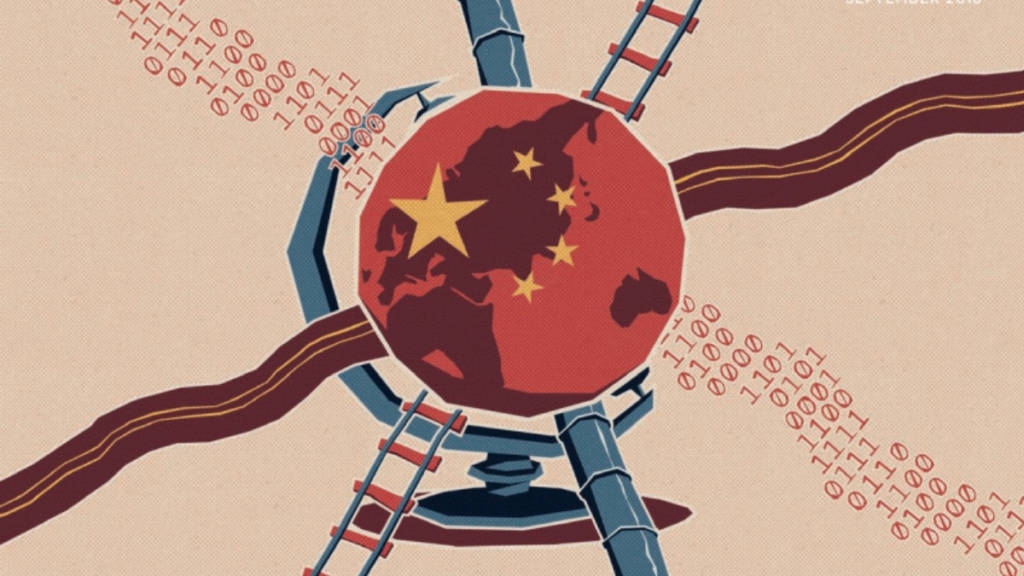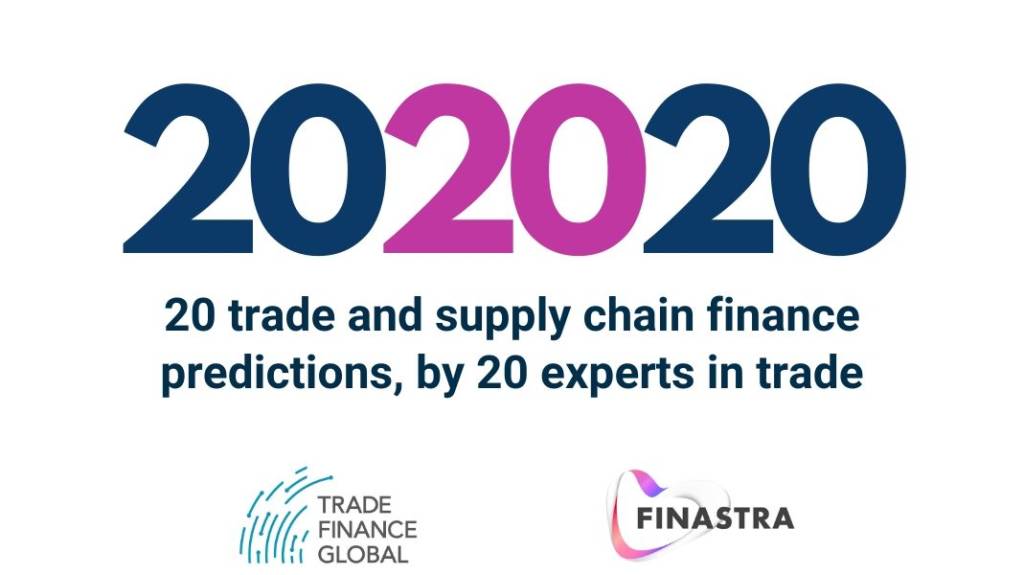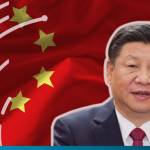Michael Bickers, MD, BCR Publishing walked us through the trends in supply chain and receivables finance in 2019, arguably one of the most uncertain in the last decade. In an interview with TFG, Bickers gave his view on what’s in stock for SCF and receivables in the year ahead, commenting on APIs, blockchain and competitive growth in supply chain finance, in preparation for the BCR Supply Chain Finance Summit in Amsterdam this month.
In this 2020 interview series, TFG spoke to 20 experts in trade, receivables and supply chain finance.
An Interview with BCR Publishing

Name: Michael Bickers
Position: MD
Organization: BCR Publishing
Interviewed by Nikhil Patel (NP), Analyst, Trade Finance Global
2019 – Belt & Road, Brexit & Blockchain
Nikhil: In 200 words, what were the key highlights and opportunities of 2019 from an industry perspective in trade, receivables and supply chain finance?
Brexit may, in the short to medium term, lengthen the time money is tied up in working capital in the UK connected international trade.
In Asia we are seeing a shift in the trade dynamics of the region due to the US and China trade situation – other Asian markets are picking up much of the business that China is losing. However, the belt and road initiative will offer lots of opportunities for China’s receivables finance sector. The trade and receivables finance market and products are becoming increasingly complex. Changes are rapid and the rate of change increases.

The technology, of course, plays a big part in this, but it’s also the geopolitical climate which is beginning to have an impact. You cannot avoid a close focus on technology as a bank in the trade and RF space. It is having such a major impact on the sector and will continue to do so for a long time. It’s important, even critical, to have a good understanding of what’s happening and developing here. At the moment the use of API’s is having the most impact and this has been hastened by the advent of PSD2. We are still yet to see the impact of AI, IoT and blockchain, but its evolution must closely be observed and followed.
2020 Predictions in Receivables and Supply Chain Finance – A BCR Perspective
NP: What are your top predictions for supply chain and receivables in 2020?
Pretty much more of the same. We will see some creeping developments in Blockchain and AI. The faster pace in the adoption of digitalisation generally.
Supply chain finance will grow more rapidly than traditional factoring and there will be more open account trading. Slightly more stability in Europe post-Brexit but bearing in mind so much to do in terms of trade relationships.
In the receivables finance sector, people are nervous about the introduction of regulation and the cost of compliance, but in markets where it has been introduced, it has had an overall benefit in my opinion. But it’s important to work with the regulators and the supervisory bodies during any introduction.
The Tradetech Challenge
NP: In 200 words, what are the biggest challenges in trade, receivables and supply chain finance you predict for 2020?
In terms of technology and the use of blockchain and DLT in trade and receivables finance, the biggest challenges are interoperability and standardisation.
The cost and efficiency of such structures are also being called into question. Finding new markets for supply chain finance will be a challenge as the market for blue-chip buyers becomes saturated. For banks in this sector, the on-boarding and financing of SME suppliers will become more of an issue as non-bank competition increases.
Trade wars and Brexit may make international trade increasingly challenging and even an increase in government expenditure generally may put in an increased burden on business and consumers through taxation. There is increasing pressure to use new technology and we may begin to see adoption providing a more competitive advantage.
Want to know more? TFG have partnered with BCR Publishing at their Supply Chain Finance Summit, this month, in Amsterdam.

NP: What’s your top prediction for a technology that you think will truly kick off / have the most success in 2020?
Probably OCR and APIs. The others will still need more time to get real traction.

Listen to the Podcast Takeover from Michael Bickers: Supply Chain Finance Programmes in Asia
Read our trade finance 2020 predictions here






























